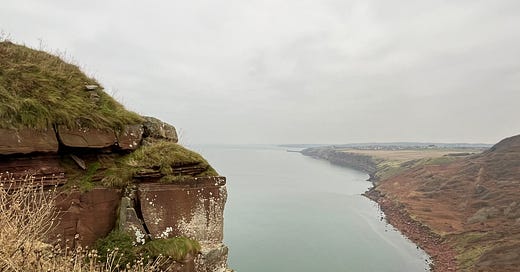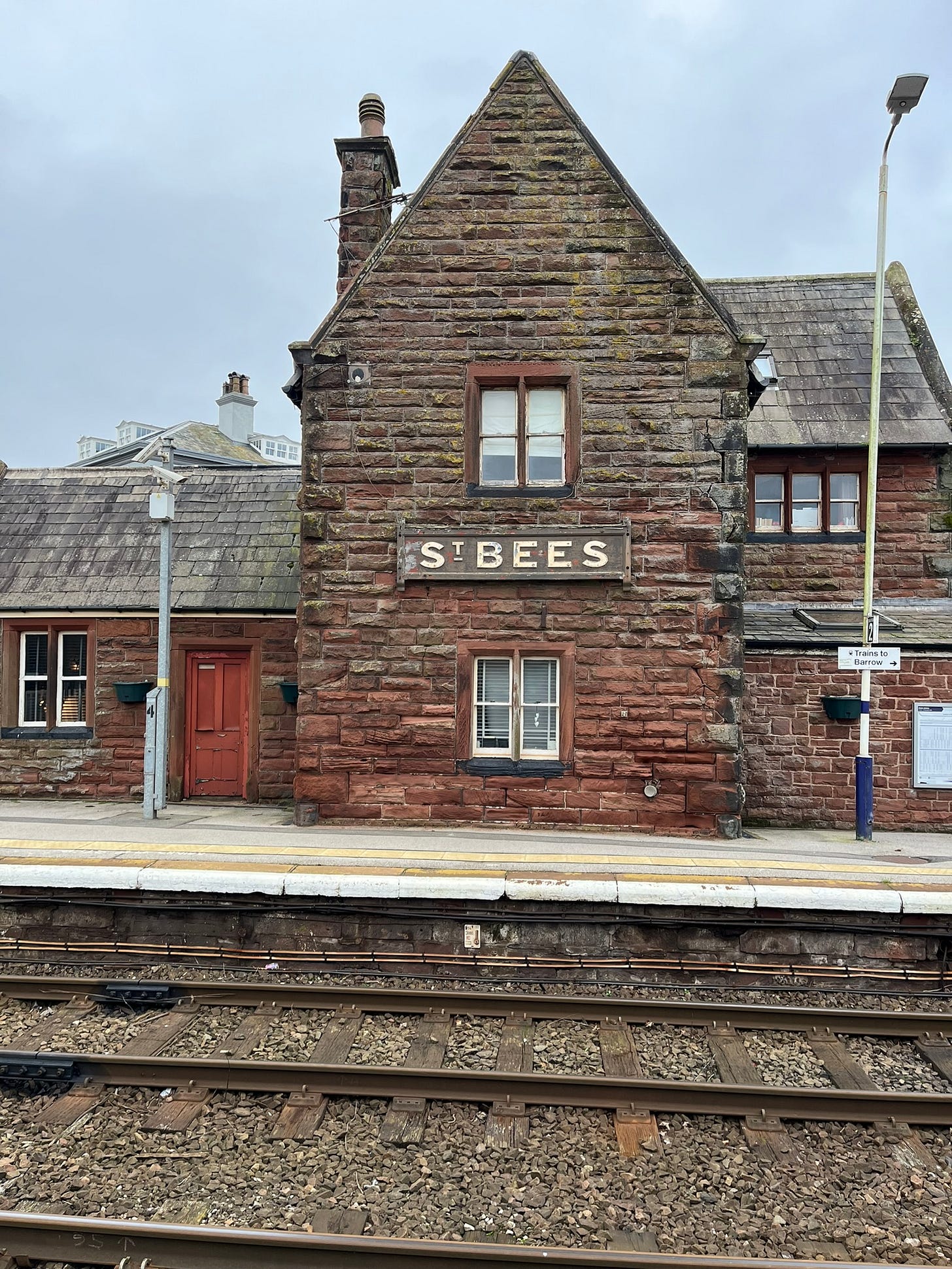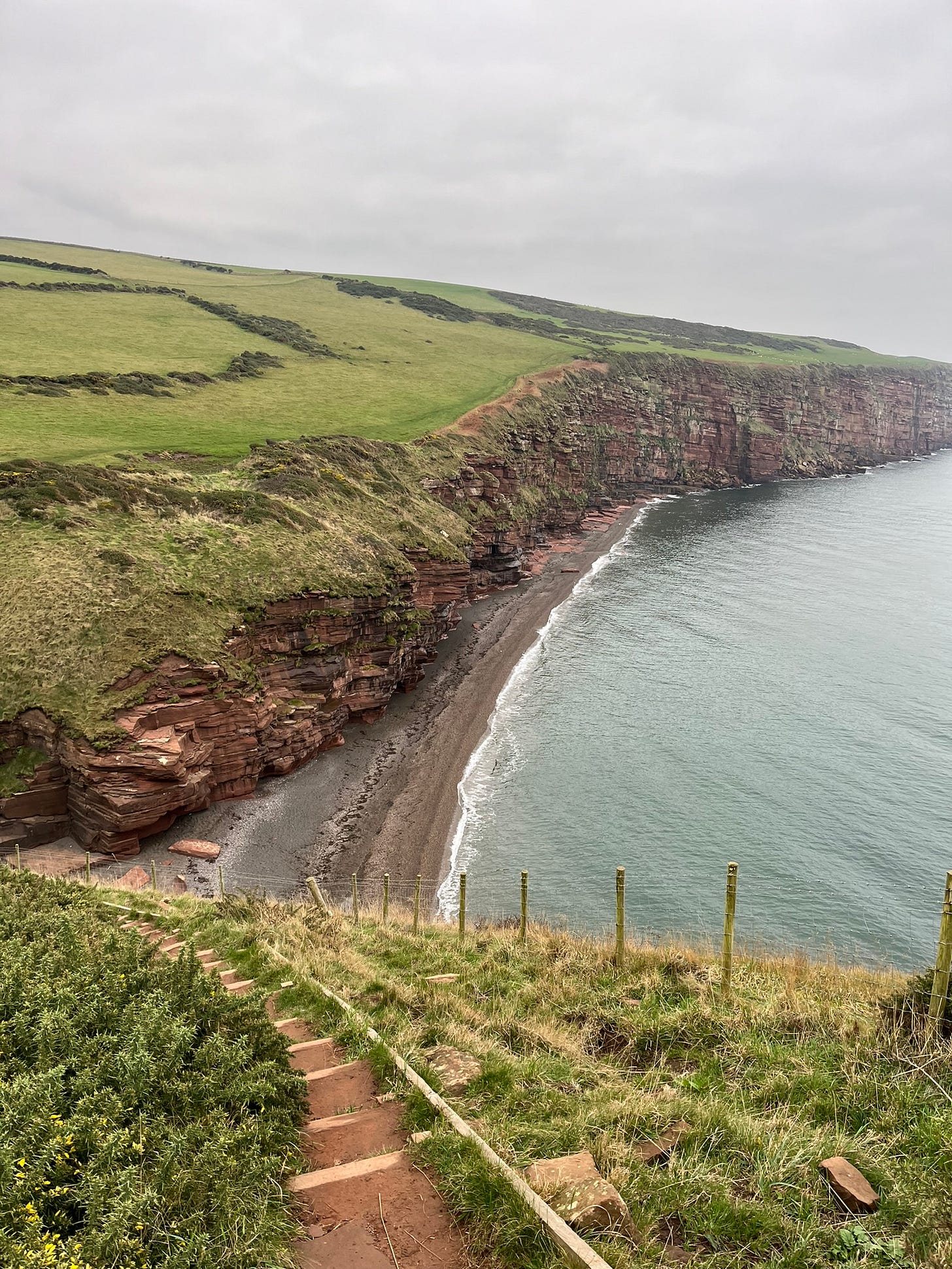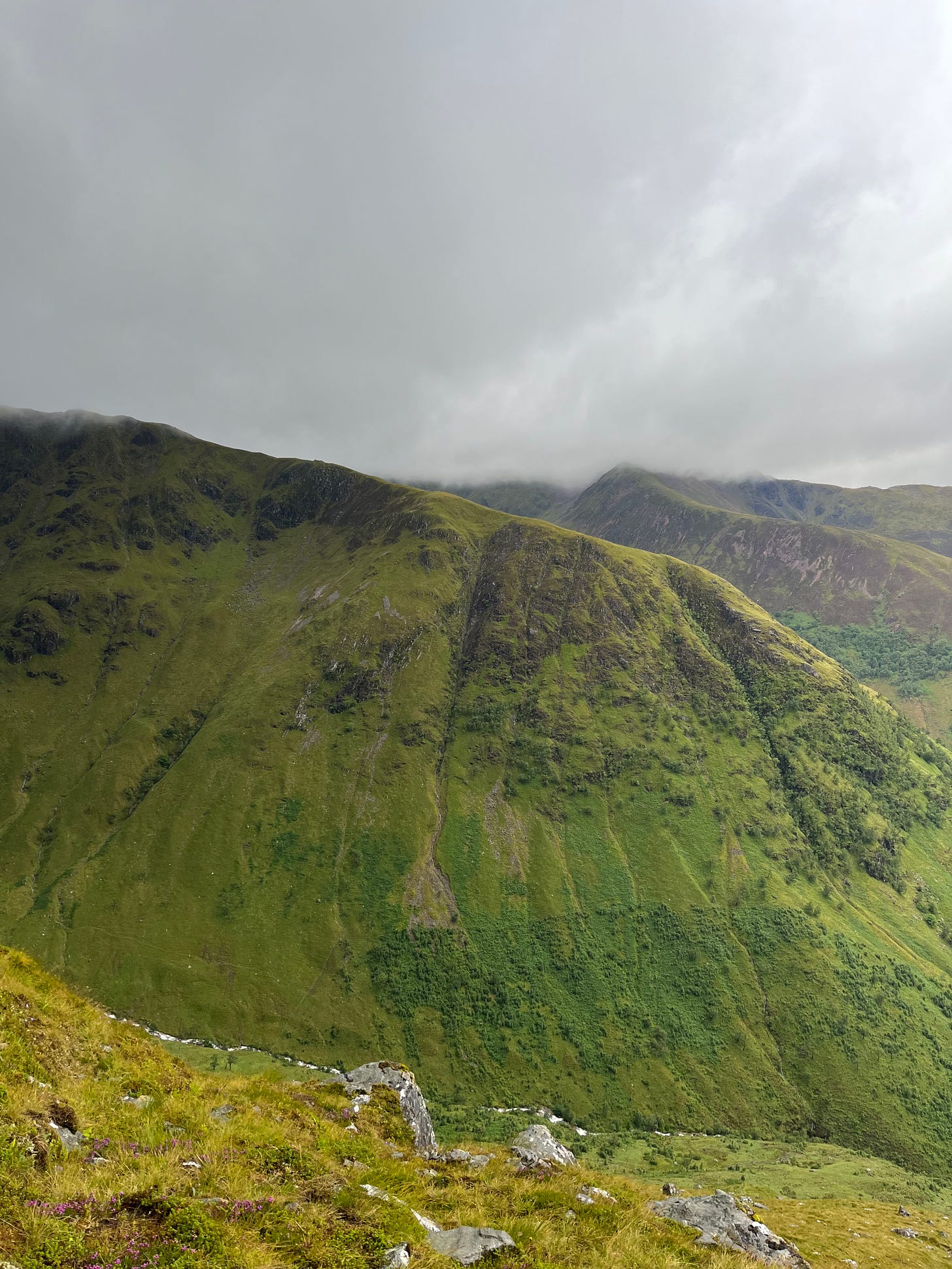The Cumbria Coastal Path feels like a hidden gem because the only people you see are a handful of local dog walkers.
Ellie Wood (whose words will grace this newsletter in the coming weeks) and I walked part of it last week. We did the ‘classic’ section from Whitehaven to St Bees (6-7 miles) and it was absolutely stunning, even on a cloudy day.
The route is now part of the King Charles III England Coast Path, which will eventually be a 2,700-mile path and is set to become the longest managed coastal path in the world (Wales currently holds that record).
This section used to be part of the old Cumbria Coastal Way which opened in 1990 and was around 182 miles from Silverdale and Morecambe Bay to Solway near the Scottish border. However, due to access and land rights changes it’s now no longer and has been removed by the Ordnance Survey from maps.
Confusingly, it has had different names. In some sections, the England Coast Path signs are up and the stretch officially opened and in other parts the old signs of Cumbria Coastal Way remain. Web searches get it mixed up with an A road route that can be driven or cycled and there’s not much information online about it.
There is a long stretch in use from Silecroft to Allonby, which is about 53 miles, and fully signposted. It can be linked up with the train line for ease of getting around. There are other stretches open but they aren’t fully linked up yet.
The classic section is full of fascinating history with information boards detailing Whitehaven’s former mining industry; the St Bees red sandstone quarry - a highly sought-after material according to Cumbrian Stone. It also passes the St Bees lighthouse, Haig Colliery (now a museum) and the Candlestick Chimney at Wellington Pit en route.
As well as a load of viewpoints, there’s the beautiful Fleswick Bay - a secluded beach full of red sandstone rocks which looks like a moonscape having been shaped by the sea over time.
The terrain is suitable for all abilities and it’s easy to arrange transport back. We combined our walk with a return train journey (£3) and a lunch stop at the beach cafe in St Bees, which is a charming greasy spoon on the seafront.
Ellie and I shall be back for another stretch as soon as possible.
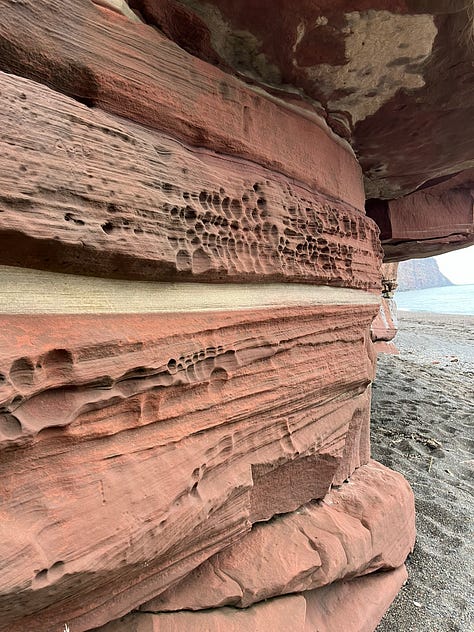

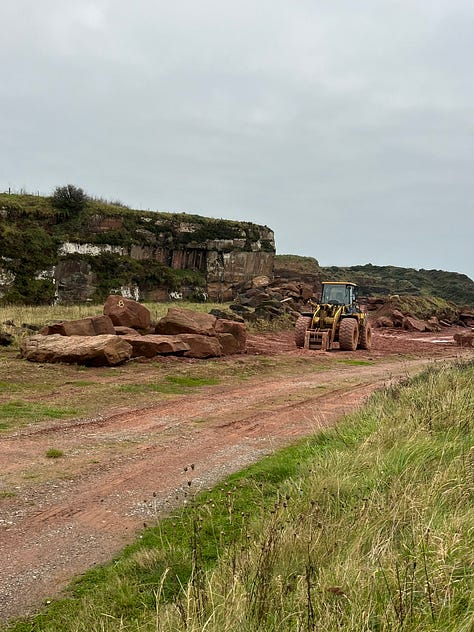
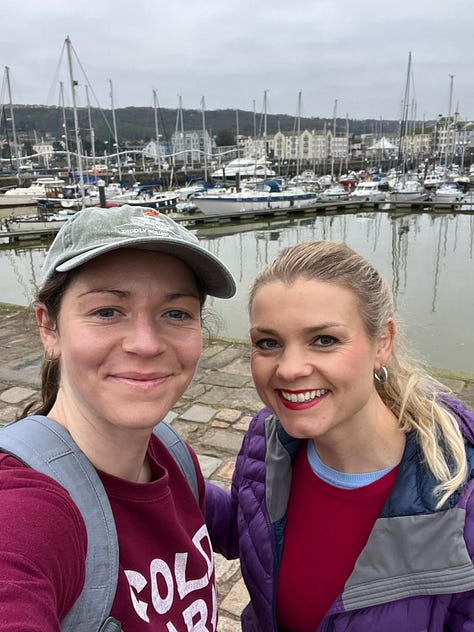
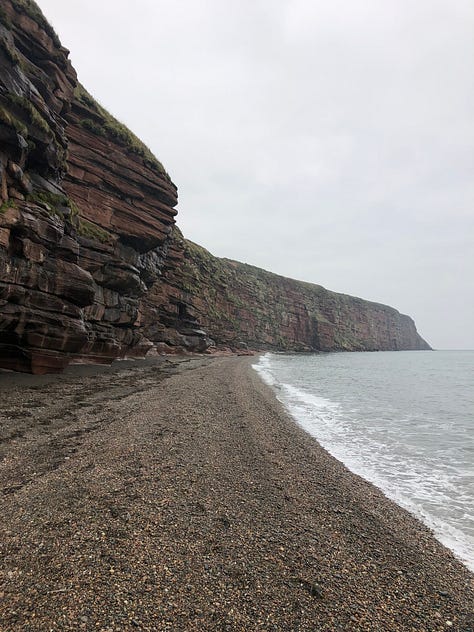
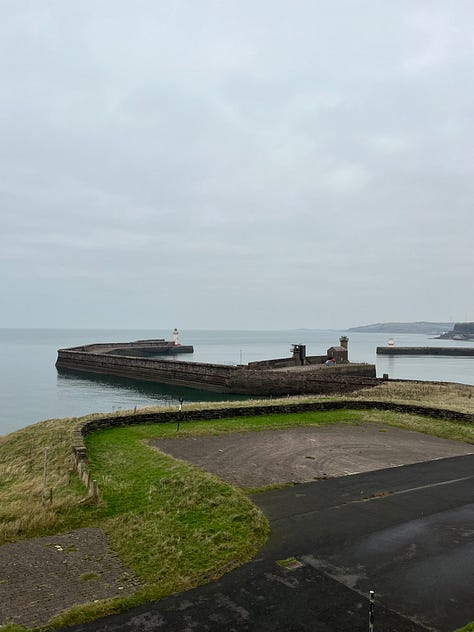
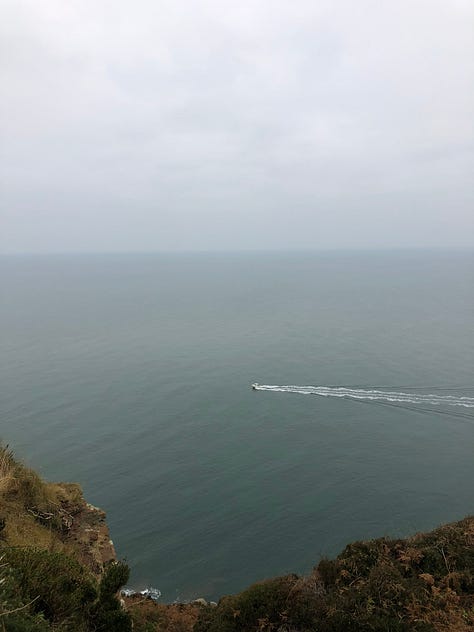
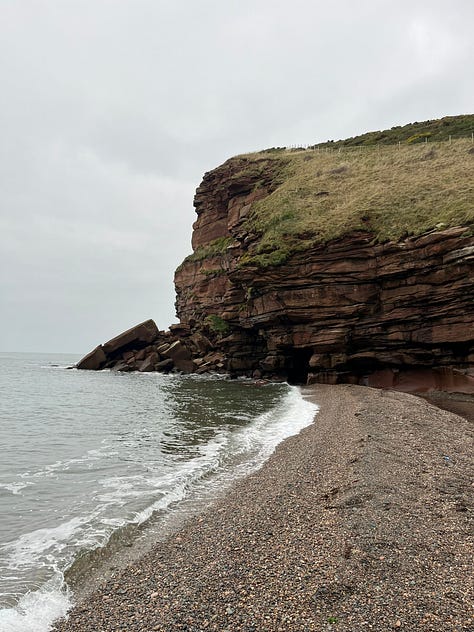
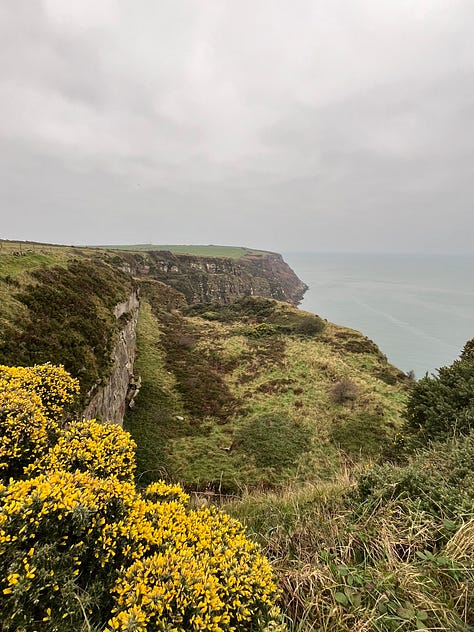
Munro bagging & Charlie Ramsay
David Solomon made the news recently as the first black person to bag all 282 Munros.
Born and raised in Nigeria, Solomon moved to the UK to study 10 years prior to bagging his first Munro (mountains over 3,000ft). He wasn’t a hiker, but one day on a flight from Canada his interest was piqued when he got chatting to a woman next to him who had been hiking in Scotland. She showed him pictures of the views from Conic Hill near Loch Lomond, “I just wanted to see that view” he recalls to BBC Scotland.
“So, I go back to Glasgow and got a few of my friends together and I said this weekend we're doing something different, we're going up a hill.” They went up Conic Hill and saw Ben Lomond in the distance where Solomon declared that’s where next weekend’s trip would be.
“The following weekend I was on Ben Lomond and that was my first Munro,” he said. “After Ben Lomond, in late October 2019, I wanted to keep going because I enjoyed the experience.
The period between 2019 and the summer of 2020 saw lockdown, a family bereavement, his relationship end and finishing his masters, but he managed to find solace on the hills.
“I still remembered how I felt on Ben Lomond, and I just wanted to go out to get that feeling again so I decided to go up Ben Nevis. While I was up there, I made the decision to keep going. While I was out, all the burdens … felt like nothing, it was all gone, like magic. I thought OK, if one mountain can do this to me, I would do them all. So, I started from there.
“The feeling of the outdoors of what nature does to you makes whatever you are going through so insignificant. You see the beauty in nature and that helps you to clear your mind and [that worked] for me during that period.
For his last peak, he gathered his friends and family, his daughter and the people who supported his journey.
“When we got to the top I just felt like ‘OK this is it, this is the end.’ Four years of my life and it took up so much of my free time, so it felt very emotional and the people who mattered most to me were there.”
Solomon says he never saw any black people while he was on the hills. When things got tough, Solomon contacted the Scottish Mountaineering Club (SMC), who maintain the membership of completers, looking for numbers of black people before him who had done it.
“Because it got to the point where you get this isolated feeling that maybe Munro bagging and the mountains aren't for you. I wanted to meet people and read about people like myself who had done it before.” The membership doesn’t hold ethnicity details but recorded one Chinese woman. It was thought Solomon would be the first recorded black person.
“I am proud of my achievement. Bagging the Munros was a personal decision I made at a challenging time of my life just to keep me going,” he told The Times. “In the future when black kids are going up and thinking, ‘oh mountaineering is not for me’ and they hear that there was a black man who did it before, that will inspire and motivate them.”
It turns out there was someone before him. In 1991 Charlie Ramsay, famed for The Ramsay Round, completed the Munros.
Solomon said: “In the press it got out and someone contacted me … I thought hold on, I know that name. A couple of my friends from Black Trail Runners have come to Fort William to run the Ramsay round so then I did some more research.”
Ramsay told BBC Scotland during the exchange: “I think everyone who completes all the Munros in a lifetime is remarkable and it's amazing the different stories of how people started out.
“I started out going up a hill when I was a little boy in Perthshire. I didn't realise I'd climbed a Munro but suddenly it became clear to me, and then that was my tick box, I'd done a Munro - I didn't really appreciate what a Munro was.”
Ramsay went on to explain how his running exploits went from the Pentland Hills before work, to the 1975 Ben Nevis fell race and eventually the Tranter’s Round which has 18 Munros, and the rest is fell running history…
"I'd never done Ben Nevis before … I was 35th overall and I was quite delighted with that,” he said.
The full exchange from BBC Scotland (from 2hr 35).


